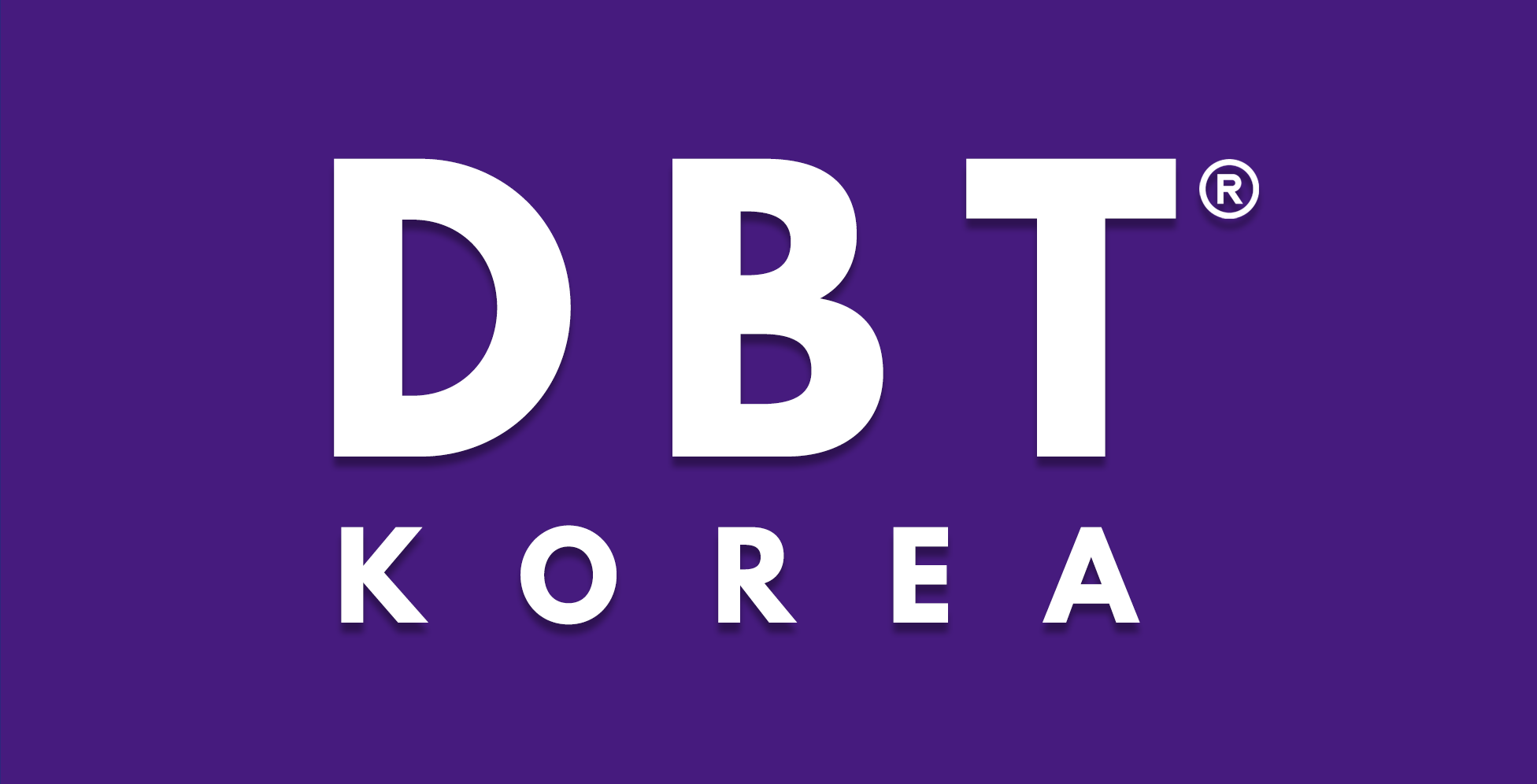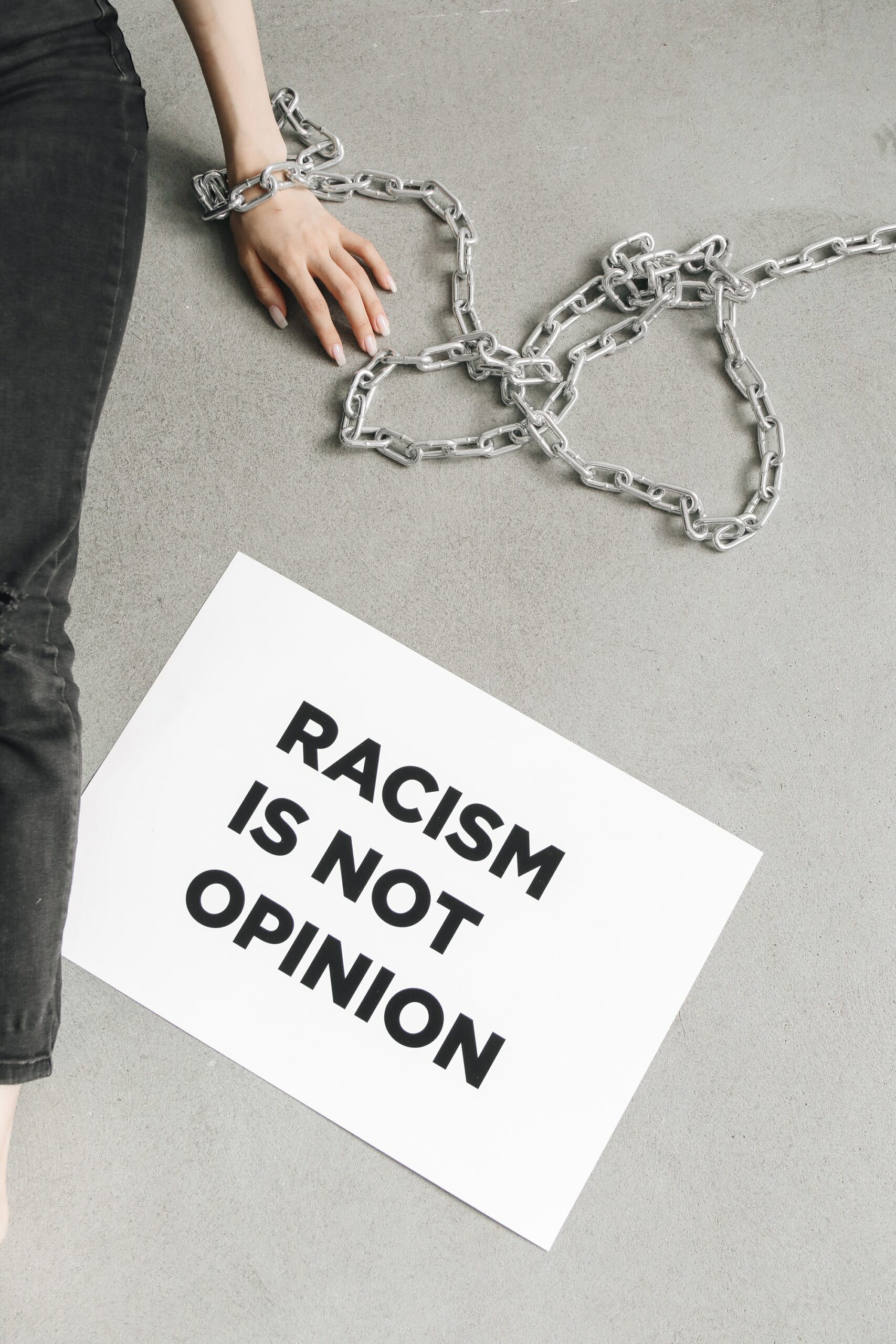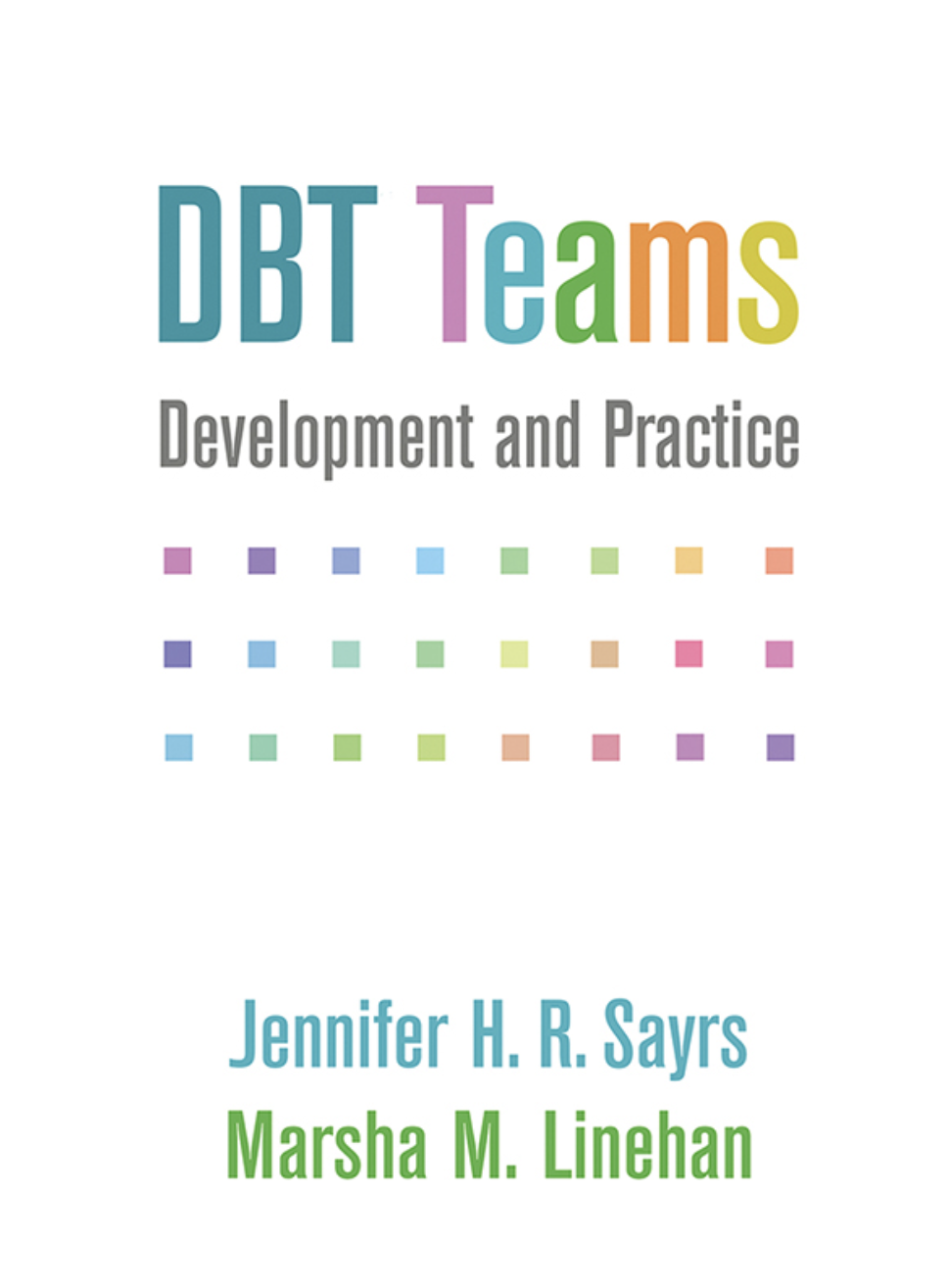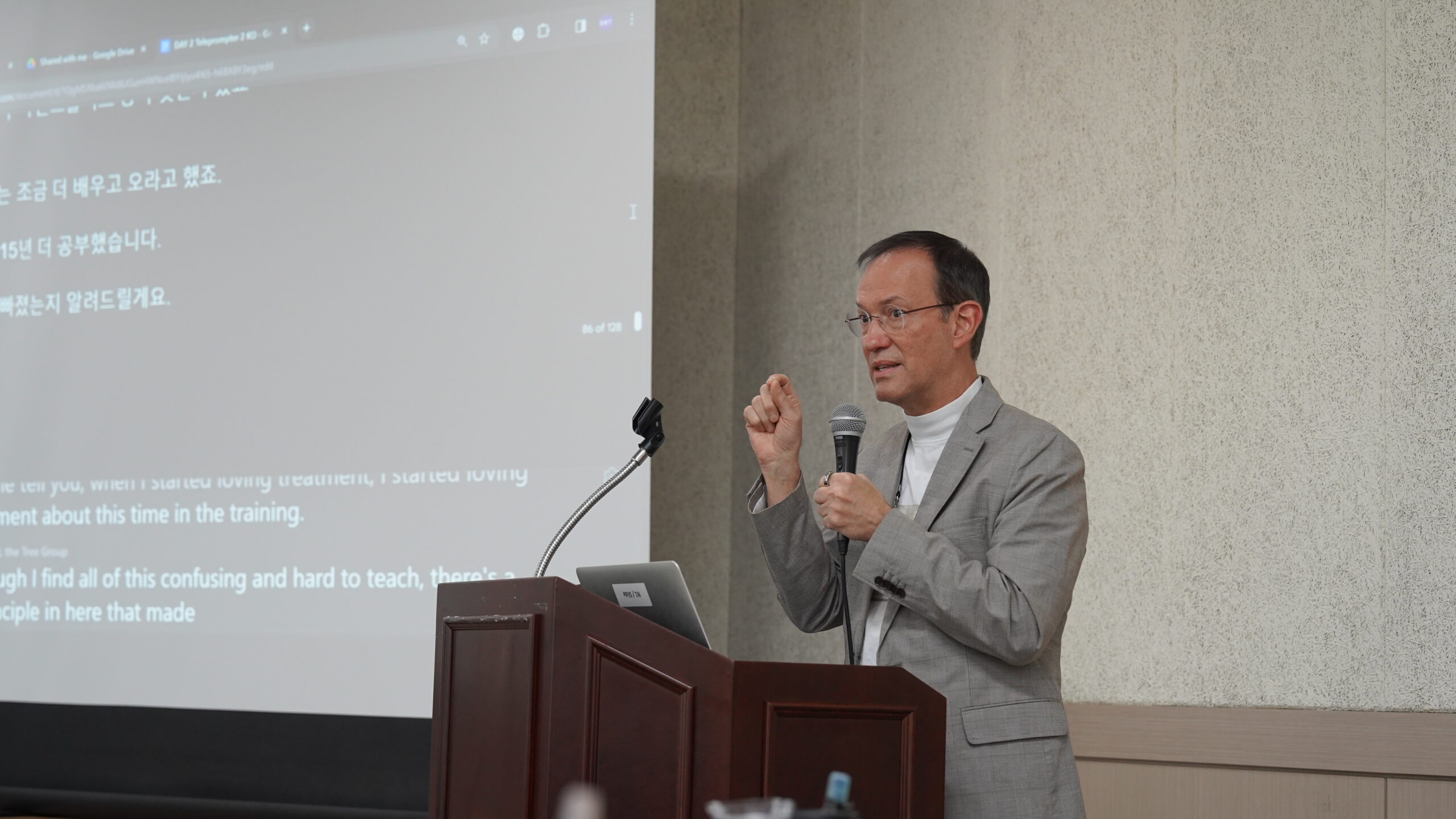
Going where angels fear to tread: Antiracism in clinical practice
The word ‘racism’ brings up a lot of emotions, such as shame, guilt, and anxiety. As a clinician, it is important to respect diversity, to acknowledge that racism is happening, and to ensure that it does not interfere with our behavior in making treatment decisions.
Dr. Kamal explains that ‘racism’ is not a value that you hold, instead, it should be about the impact of a behavior. A dialectic aspect of racism is that a good person can be seen as racist if they said and behaved in invalidating ways, even if they did not want to cause any harm.
According to Platt (2017), there are three types of therapist responses. Anti-therapeutic responses include the clinician’s defensive reaction and the tendency to seek reassurance. Fo example, when a white co-leader was given a feedback that they interjected a color person too frequently, the white co-leader may react defensively and over-explain that they did not mean to be racist. Another type of therapist response is a non-therapeutic response, which is showing passive interactions due to the lack of knowledge. The therapist may not be aware that what they said or did was racist, and it was suggested that white people tend to have a lot of anxiety in “not knowing” about their racist behavior which interferes with treatment. Lastly, a therapeutic response is the ideal response that can bring out a positive therapeutic effect. This is when the therapist accurately and specifically identifies a racist behavior presented in the sessions and directly consider the harm it has caused, who has been harmed, and the necessary skills to tolerate the distress that the harm has caused. It is crucial to extend the DBT skills to target racism in individual and group sessions.
As a therapist, it is important to support diverse groups of patients by carefully considering how a response to racism could influence the therapist-patient relationship and the impression the therapist gives to the patient. When responding to microaggressions, a therapist should express feelings and validate how racism makes the clients feel. Depending on the situation, it may be necessary to pretend that you don’t understand or use humor (Nadal, 2014).
Take responsibility fo your actions.
Consider the impact of the problem behaviors.
State what skills could be used to avoid the problem behavior.
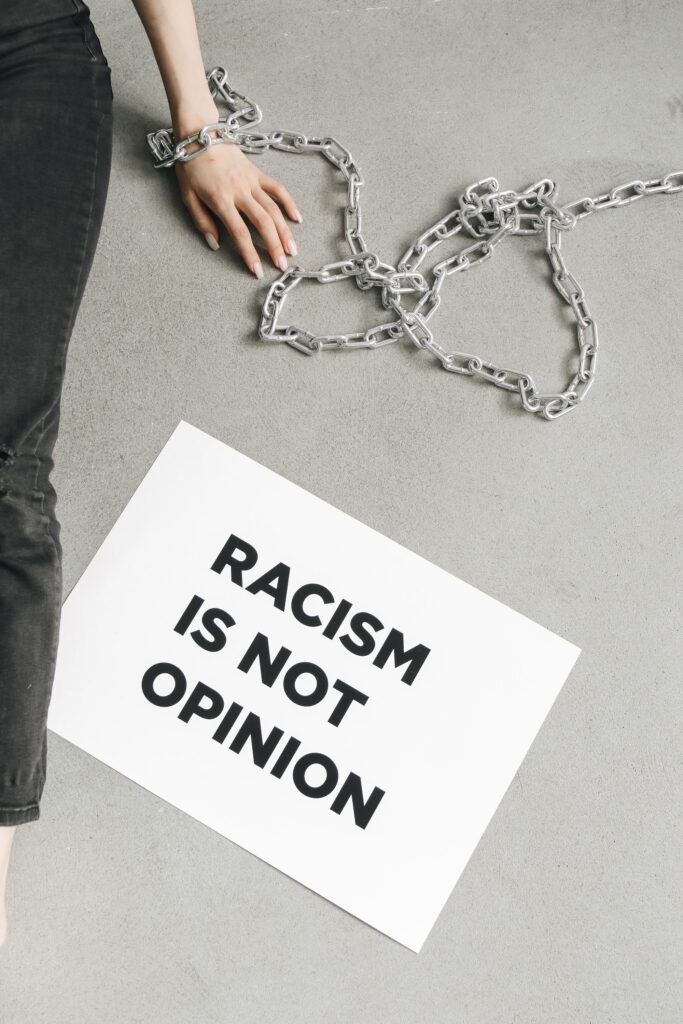
DBT NOW


DBT의 장기적 치료효과
이승하ㅣSeungha Lee, MSc
.
DBT는 집을 짓기 전 기초공사와 같습니다. 모든 증상이 한 번에 나아지거나 해결되는 것은 아니지만 더 마인드풀한 삶을 위한 여정의 첫 걸음이자 필수조건입니다

청소년을 위한 DBT: 연구 리뷰 | 청소년을 위한 DBT 다이어렉티컬 행동치료 저자 질 라수스 박사의 연구
채송희ㅣSonghee Chae, MA
Jill Rathus, Michele Berk, Alec L. Miller, Rebekah Halpert (2020)
청소년을 위한 DBT: 연구 리뷰

DBT 치료팀: 개발과 프랙티스 | 시리즈 편집자 Alan Fruzetti 박사의 글
채송희ㅣSonghee Chae, MA
Jennifer H R Sayrs & Marsha M. Linehan (2019)
DBT TEAMS: Development and Practice DBT 치료팀: 개발과 프랙티스

심리치료 상황에서의 반인종차별주의에 대하여
김예경ㅣYekyung Kim, BSc
우리는 치료자로서 우리의 행동에 대해 책임을 져야합니다.
문제가 될 만한 행동이 미칠 영향에 대해 충분히 고려해야 합니다.
문제 행동을 피하기 위해 어떠한 스킬을 사용할 수 있는지 기술할 수 있어야 합니다.

다이어렉티컬 딜레마 속에서 통합의 길로 춤추며 나아가기
이승하ㅣSeungha Lee, MSc
치료 환경에서 나타날 수 있는 다이어렉티컬 딜레마를 치료자가 내담자와 함께 적극적으로 해결해 나가기 위해서 Two-step dance 전략을 사용할 수 있습니다.

